
Range Rover Evoque Convertible (2016-2018) engines, drive and performance
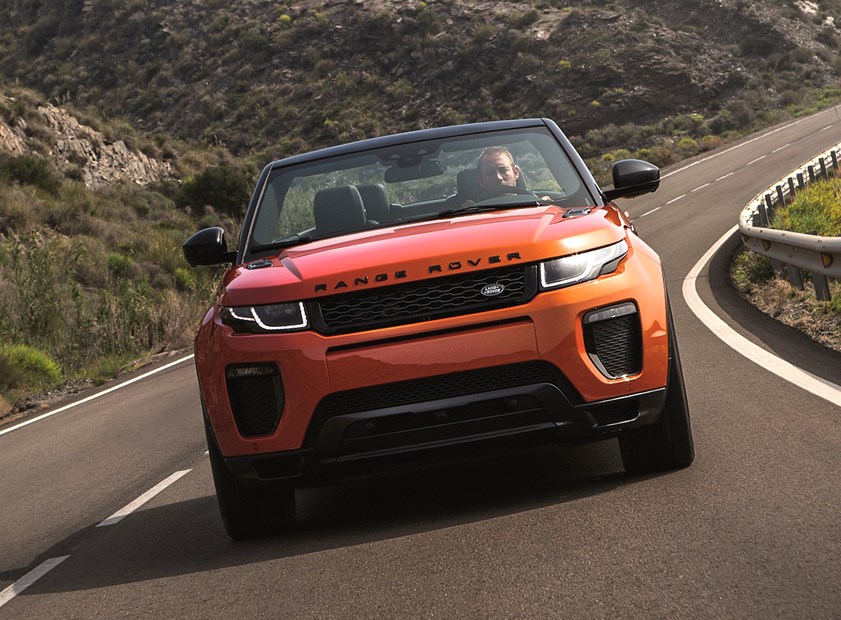
- Only one petrol and one diesel from launch
- Convertible’s extra weight blunts performance
- Efficiency is hurt by the additional heft, too
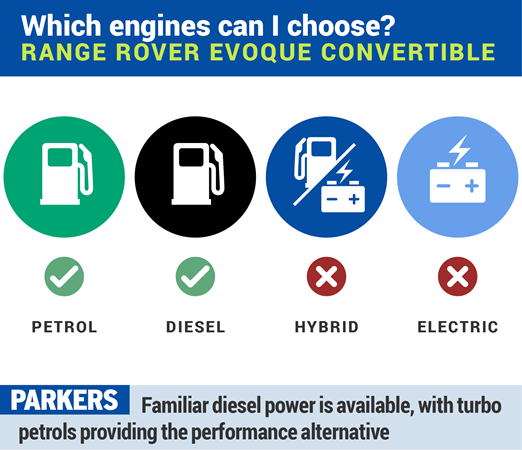
Sitting at the pinnacle of the line-up, the Range Rover Evoque Convertible comes with a more limited engine line-up compared with the hard top: a high-power diesel, which is expected to account for the bulk of UK sales and a petrol alternative, best suited to those who cover fewer miles each year, available in two power outputs.
Regardless of which engine you choose, all Evoque Convertibles are fitted with a nine-speed automatic transmission and four-wheel drive as standard.
One diesel engine
Land Rover fitted its 2.0-litre Ingenium diesel engine into the Range Rover Evoque shortly before the Convertible’s arrival, so it’s a natural fit for this derivative.
Available with 180hp in TD4 form, this unit musters 430Nm of torque from a usefully low 1,750rpm.
It’s a refined powerplant, not being especially audible even with the roof down and its smoothness complements the slick-shifting automatic gearbox superbly.
Unfortunately, it’s not all good news because it’s hauling around 277kg more weight thanks to the Convertible’s extra strengthening to preserve its stiffness. Both performance and efficiency are dulled compared with the Coupe edition.
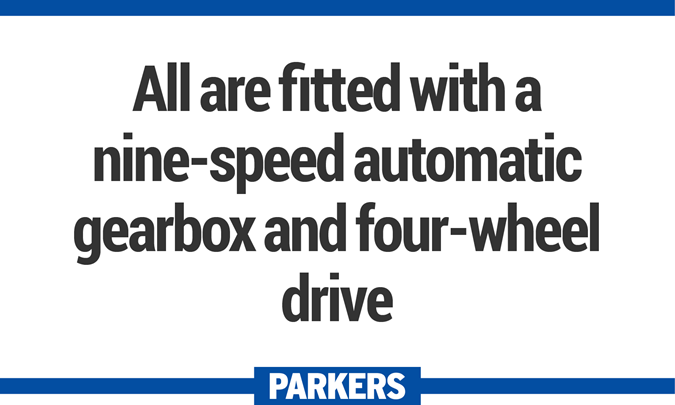
Land Rover quotes a top speed of 121mph but at 10.3 seconds the Convertible’s 0-62mph sprint time is some 1.3 seconds shy of the Coupe’s.
It’s a similar story with efficiency: for the TD4 Convertible, Land Rover claims 49.6mpg and CO2 emissions of 149g/km. The same engine in the Coupe is quoted at 57.6mpg and 129g/km of CO2.
Two petrol options
The petrol-fuelled alternative engine is badged Si4 and comes in two power outputs. However, on-paper statistics suggest they’re better suited to Land Rover owners who don’t cover high annual mileages.
Like the Ingenium diesel, it’s also a 2.0-litre, four-cylinder, turbocharged unit.
First up is a 240hp version, with a higher top speed of 130mph quoted, while 0-62mph acceleration is down to 8.6 seconds. There’s 340Nm of torque available from a diesel engine-like 1,750rpm.
Running costs are its downfall, though. Land Rover quotes an official average fuel consumption of 32.9mpg with CO2 emissions of 201g/km of CO2.
If that’s not enough, a faster 290hp version of the same engine joins the line-up in August 2017.
- Convertible feels agile compared with other SUVs
- Four-wheel drive system is only engaged when needed
- Sporty suspension set-up means ride quality on the firm side
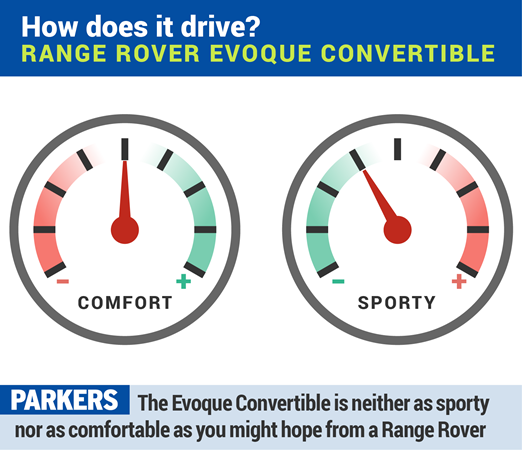
People don’t tend to buy SUVs for their on-road handling prowess but the Range Rover Evoque’s been held in high regard for this quality. In most respects, the Convertible doesn’t suffer due to its lack of roof, either.
Thread the Range Rover Evoque Convertible through a series of back-road bends and it stays faithful to the cornering lines you’ve intended, thanks in no small part to its (optional on TD4 models) Active Driveline system.
With Active Driveline, under normal circumstances the engine’s power is sent to the front wheels but as soon as the Evoque’s on-board electronics sense additional traction would be beneficial, the rear wheels are engaged and power is metered out accordingly.
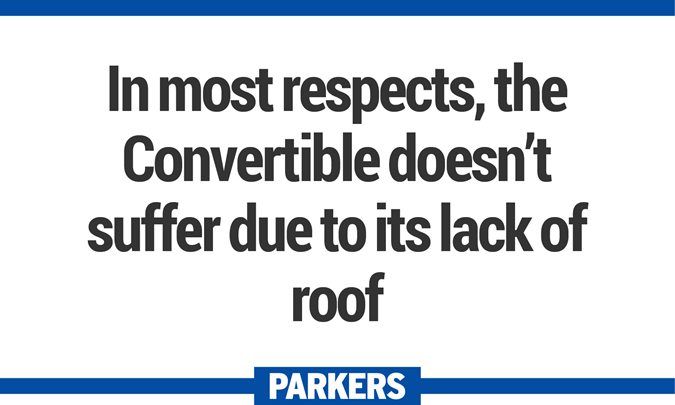
Cornering is further enhanced by Torque Vectoring by Braking (TVbB), whereby the ‘inside’ wheels are gently braked to significantly reduce the likelihood of the Evoque washing wide into understeer through bends.
There’s a reasonable degree of steering feel at the wheel and it’s sensibly weighted – heavy enough to feel meaty yet light enough for off-road dalliances not to resemble an in-car gym session.
Take those corners at speed and there’s a pleasant, reassuring balance about the Evoque Convertible, with minimal body roll, the additional weight caused by the strengthening bracing benefiting the Range Rover’s low centre of gravity.
The downside of that extra heft is that the Evoque’s already firm ride is even more noticeable in the Convertible, especially over deeper ruts. It doesn’t tip it into the ‘uncomfortable’ bracket but you do find yourself moving around within your lane to avoid ironworks and other surface imperfections.


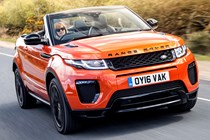
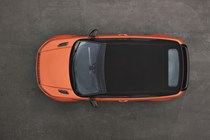
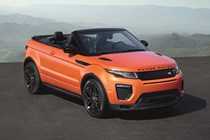

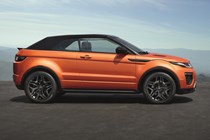

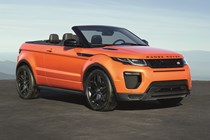
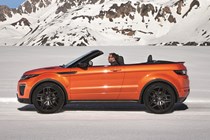
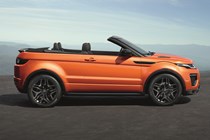
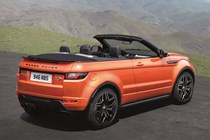
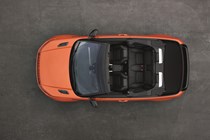
.jpg)
.jpg)
.jpg)
.jpg)
.jpg)
.jpg)
.jpg)
.jpg)
.jpg)
.jpg)
.jpg)
.jpg)
.jpg)
.jpg)
.jpg)
.jpg)
.jpg)
.jpg)
.jpg)
.jpg)
.jpg)
.jpg)
.jpg)

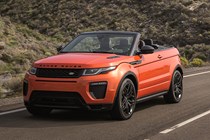
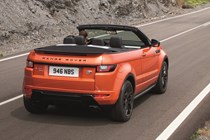
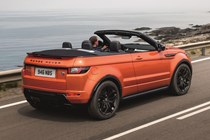
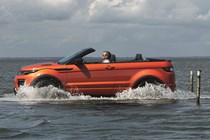
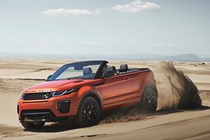
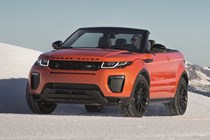
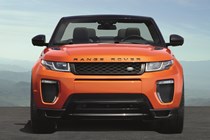
.jpg)
.jpg)
.jpg)
.jpg)
.jpg)
.jpg)
.jpg)
.jpg)
.jpg)
.jpg)
.jpg)
.jpg)
.jpg)
.jpg)
.jpg)
.jpg)
.jpg)
.jpg)
.jpg)
.jpg)
.jpg)
.jpg)
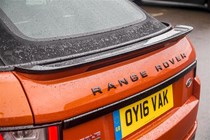
.jpg)
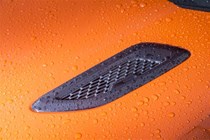
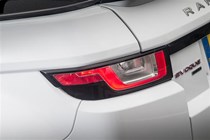
.jpg)
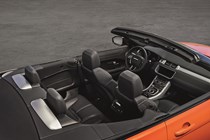
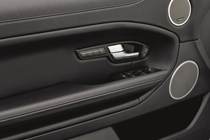

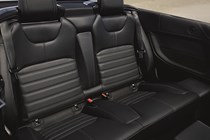
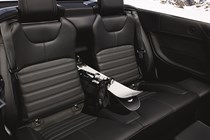
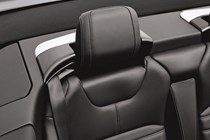
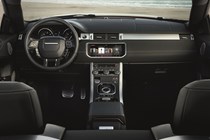
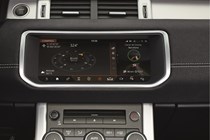
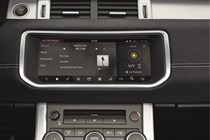
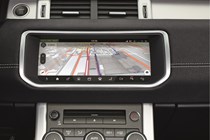
.jpg)
.jpg)
.jpg)
.jpg)
.jpg)
.jpg)
.jpg)
.jpg)
.jpg)
.jpg)
.jpg)
.jpg)
.jpg)
.jpg)
.jpg)
.jpg)
.jpg)
.jpg)
.jpg)
.jpg)
.jpg)
.jpg)
.jpg)
.jpg)
.jpg)
.jpg)
.jpg)
.jpg)
.jpg)
.jpg)
.jpg)
.jpg)
.jpg)
.jpg)
.jpg)
.jpg)
.jpg)
.jpg)
.jpg)
.jpg)
.jpg)
.jpg)
.jpg)
.jpg)
.jpg)
.jpg)
.jpg)
.jpg)
.jpg)
.jpg)
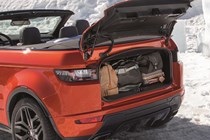
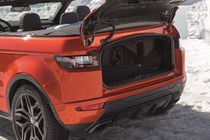
.jpg)
.jpg)
.jpg)
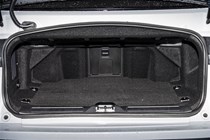
.jpg)
.jpg)
.jpg)
.jpg)











.jpg?quality=50)
.jpg?quality=50)
.jpg?quality=50)
.jpg?quality=50)
.jpg?quality=50)
.jpg?quality=50)
.jpg?quality=50)
.jpg?quality=50)
.jpg?quality=50)
.jpg?quality=50)
.jpg?quality=50)
.jpg?quality=50)
.jpg?quality=50)
.jpg?quality=50)
.jpg?quality=50)
.jpg?quality=50)
.jpg?quality=50)
.jpg?quality=50)
.jpg?quality=50)
.jpg?quality=50)
.jpg?quality=50)
.jpg?quality=50)
.jpg?quality=50)








.jpg?quality=50)
.jpg?quality=50)
.jpg?quality=50)
.jpg?quality=50)
.jpg?quality=50)
.jpg?quality=50)
.jpg?quality=50)
.jpg?quality=50)
.jpg?quality=50)
.jpg?quality=50)
.jpg?quality=50)
.jpg?quality=50)
.jpg?quality=50)
.jpg?quality=50)
.jpg?quality=50)
.jpg?quality=50)
.jpg?quality=50)
.jpg?quality=50)
.jpg?quality=50)
.jpg?quality=50)
.jpg?quality=50)
.jpg?quality=50)

.jpg?quality=50)


.jpg?quality=50)










.jpg?quality=50)
.jpg?quality=50)
.jpg?quality=50)
.jpg?quality=50)
.jpg?quality=50)
.jpg?quality=50)
.jpg?quality=50)
.jpg?quality=50)
.jpg?quality=50)
.jpg?quality=50)
.jpg?quality=50)
.jpg?quality=50)
.jpg?quality=50)
.jpg?quality=50)
.jpg?quality=50)
.jpg?quality=50)
.jpg?quality=50)
.jpg?quality=50)
.jpg?quality=50)
.jpg?quality=50)
.jpg?quality=50)
.jpg?quality=50)
.jpg?quality=50)
.jpg?quality=50)
.jpg?quality=50)
.jpg?quality=50)
.jpg?quality=50)
.jpg?quality=50)
.jpg?quality=50)
.jpg?quality=50)
.jpg?quality=50)
.jpg?quality=50)
.jpg?quality=50)
.jpg?quality=50)
.jpg?quality=50)
.jpg?quality=50)
.jpg?quality=50)
.jpg?quality=50)
.jpg?quality=50)
.jpg?quality=50)
.jpg?quality=50)
.jpg?quality=50)
.jpg?quality=50)
.jpg?quality=50)
.jpg?quality=50)
.jpg?quality=50)
.jpg?quality=50)
.jpg?quality=50)
.jpg?quality=50)
.jpg?quality=50)


.jpg?quality=50)
.jpg?quality=50)
.jpg?quality=50)

.jpg?quality=50)
.jpg?quality=50)
.jpg?quality=50)
.jpg?quality=50)